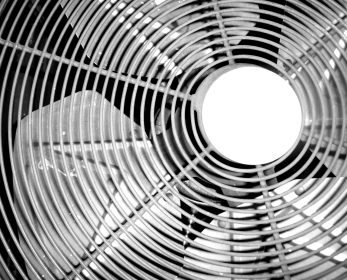 As mentioned in a previous blog post, we are green builders because of the building methods, materials, and products we use. We strive to create homes that will continue to save energy after completion. One way we accomplish that is through the heating and cooling systems we install in our homes.
As mentioned in a previous blog post, we are green builders because of the building methods, materials, and products we use. We strive to create homes that will continue to save energy after completion. One way we accomplish that is through the heating and cooling systems we install in our homes.
Over half a home’s energy goes toward heating and cooling, so your HVAC (heating, ventilating, and air conditioning) system will have an effect on your wallet and the environment. When replacing or installing a new system, we choose high-efficiency HVAC systems because of their superior performance.
For seven of the top benefits provided by high-efficiency HVAC systems, read our list below.
1. Financial savings
Many older systems operate on a low efficiency, usually around 65% of your system’s annual fuel usage efficiency. With a high-efficiency system, you can save thousands of dollars in energy usage every year. Most of the new systems have a fuel usage efficiency of over 90% per year. With your financial savings, your new system can pay for itself in only a few years.
2. Greater comfort
High-efficiency HVAC systems usually come with programmable thermostat systems, which allow you to control the temperatures in specific areas of your home. New technology produces superior heating and air flow, as well as better humidity control. Maintain the temperatures you desire, whether you’re at home or away. Use your pre-programmable thermostat to save energy and heat/cool your home based on your schedule.
3. Peace and quiet
Unlike your older system, you’ll be hard-pressed to hear when your high-efficiency HVAC system kicks on. The high-tech materials in the new systems absorb operating noise and prevent the loud rumbles you’re used to.
4. Increased health
Your HVAC system treats your air to remove contaminates, such as fungi, mold, dust particles, and bacteria. With a high-efficiency system, you’ll have less allergy and asthma issues, less mold and mildew-caused illnesses, and better respiratory health.
5. Longer operating life
When properly maintained, high-efficiency HVAC systems typically require fewer large repairs. These systems minimize on-and-off cycling, which allows them to last longer than older, low-efficiency systems.
6. Environmental impact
These newer systems use one-third less fuel and save more energy than older models. This saves you money, but also creates less waste and conserves more natural resources.
7. Increased resale value
When your home has a new, high-efficiency HVAC system, it will be more attractive to potential buyers. New homeowners will have the guarantee of a high-performing system that won’t need replacing for several years, as well as cost and energy savings. These systems can raise the value of your home and possibly help it sell faster.
Do you have a high-efficiency HVAC system in your home? How has it worked for you?







